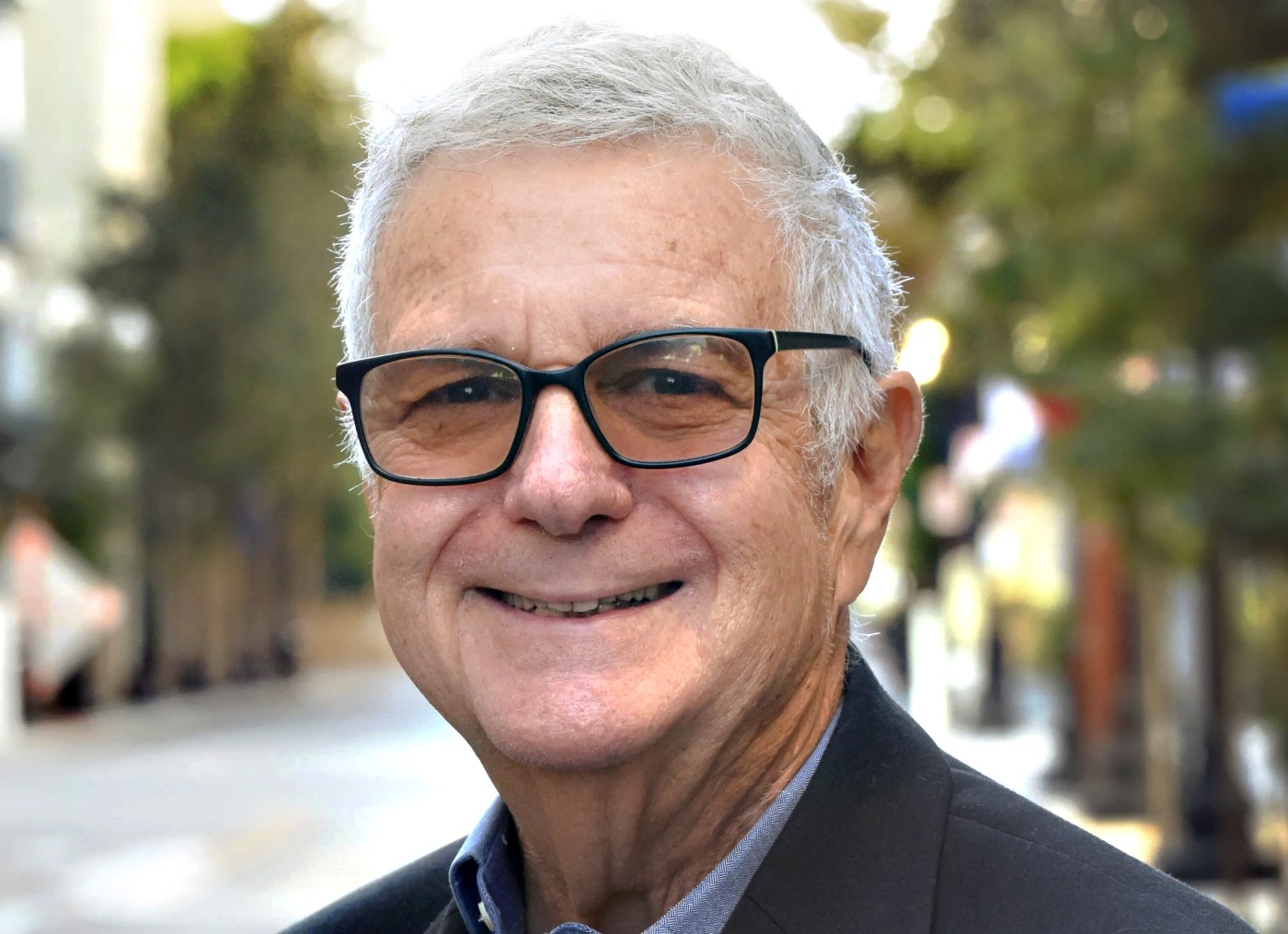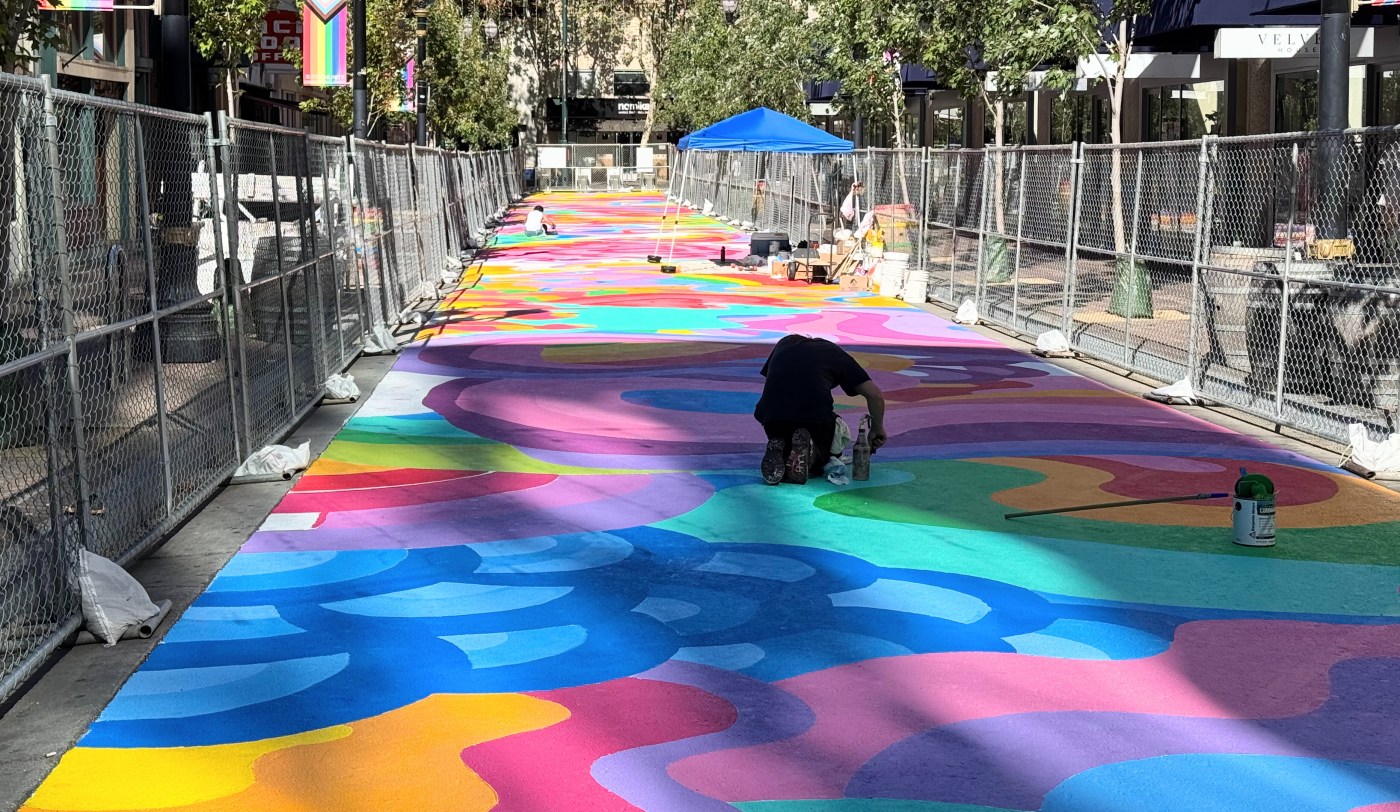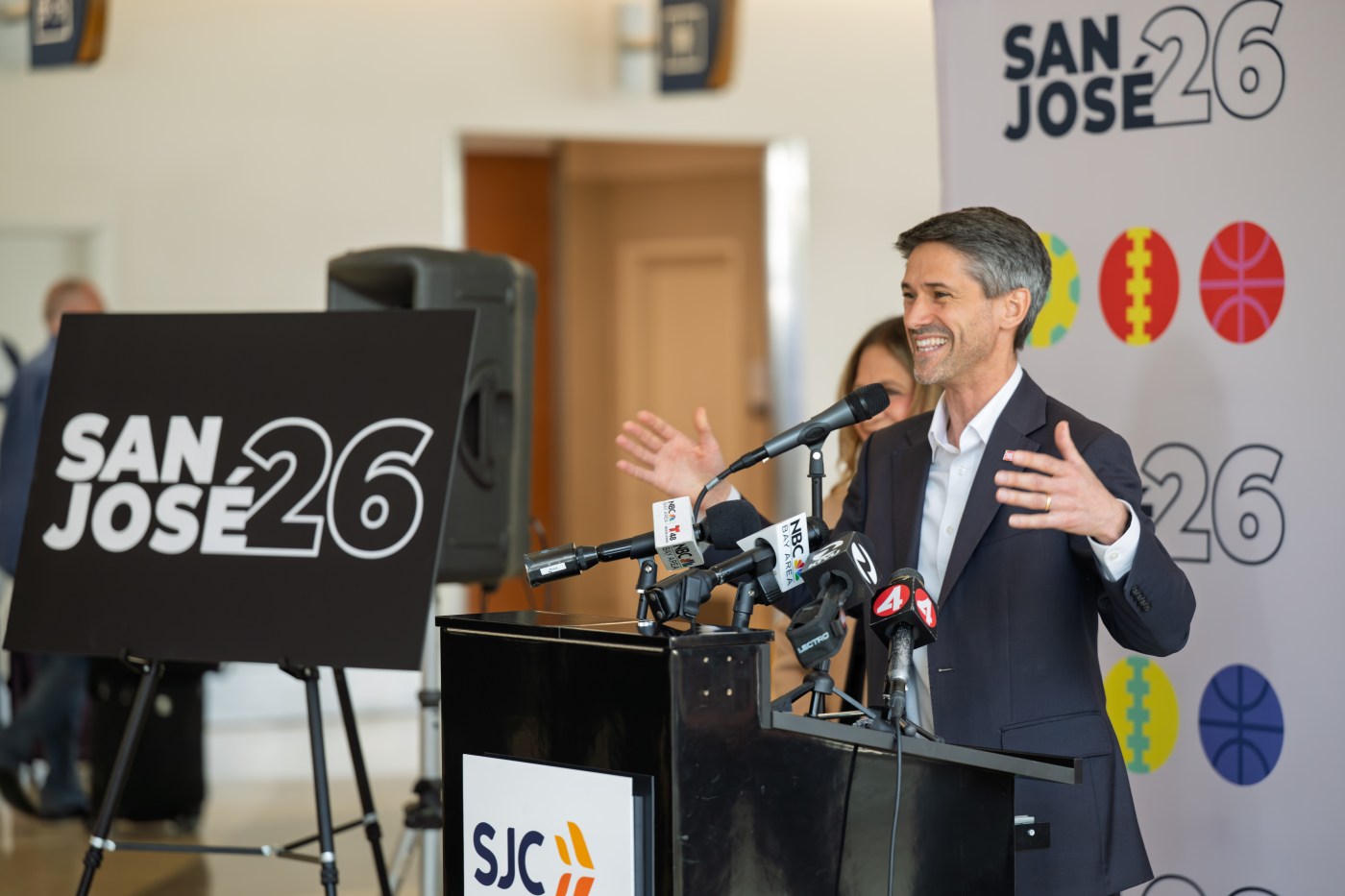Instagram recently introduced a new feature called Instagram Map, designed to let you share your last active location with friends. Although it’s meant to help users feel more connected, the rollout has sparked confusion and privacy concerns. Here’s a breakdown of what’s really going on.
Related Articles
Musk’s AI chatbot is suddenly posting antisemitic tropes
How to stop Walnut Creek Chamber of Commerce partner from cyber tracking you
Opt-in, not default
Contrary to some reports, Instagram Map is off by default. You must choose to enable it. When you do, you can decide whether to share your location with friends (people you follow back), close friends, selected friends or no one. However, if you tag a location in a story, post or reel, that tag will also appear on the map for 24 hours for the people you shared it with. This happens regardless of whether you’ve enabled location sharing, because it’s based on the tag you chose to add to your content. Still, the overlap between tags and sharing has led to some confusion.
Screen comes on app when you first share location
Privacy and safety controls
Instagram has included several safeguards:
You can hide sensitive locations (like home, school or work).
You can control who, if anyone, sees your location
Parents with supervision controls can see who their teen is sharing location with, turn off their teen’s location sharing, and are notified if their teen starts sharing their location
You can switch location sharing off at any time.
Instagram doesn’t track your exact location in the background all the time, only when you reopen the app. And when you click on the map icon, Instagram displays whether you are sharing your location.
Instagram map will tell you if you are or are not sharing location
Being able to locate friends and family has clear benefits, such as making it easier to meet up in person, which can feel more meaningful than simply interacting online. It can also be reassuring to know where loved ones are, especially for parents and caregivers. Many parents encourage, or even require, their children or teens to share their location, and in some families, all members share with each other as a way to stay connected and provide peace of mind. However, Instagram isn’t usually the best tool for families who want to share locations. Google Maps and Apple Find My are specifically designed to locate people regardless of whether their app is on, so long as they’re sharing location and their phone is connected.
But, with any location sharing app or feature, there are risks that need to be managed.
Some cautionary notes
Again, if you’re an Instagram user, be aware that if you tag your location in a story or post, it will also show up on the map for your followers. If you don’t want people to know where you are, don’t tag your location.
And if you use any location sharing service, remember that relationships can evolve, and someone who was once a close friend could later become an ex-friend, or even a stalker, misusing location access in harmful ways. Regardless of what tool you use to share your location, make sure you trust that person to know where you are and review it periodically in case the relationship changes or you just no longer want to share your location. It’s your choice.
Location sharing can help you be “more connected,” but it’s far from a necessary thing to do with most friends. It’s usually fine for very close friends and family, but I see no reason to use Instagram or any other app to share your location with casual friends unless you want to be able to run into them at various locations that you might both frequent. If you’re sharing on Instagram’s Friend Map, I recommend that you pick contacts from the “Only these friends” option or select “Close Friends” and that you hide sensitive locations such as your home address. Either way, review those relationships from time to time to make sure you want to continue to share.
I highly recommend that parents talk with their children and teens about location sharing, not just on Instagram but any other apps they might use. You can learn more about staying safe on Instagram at ConnectSafely’s Parent’s Guide to Instagram.
Other apps share location
There is nothing new about location sharing. It’s an option in Google’s Gmail and in iOS Find My app. Both enable you to share your location either permanently or for a specified amount of time. Several years ago, a friend and I used Apple’s Find My to share our locations with each other, and we’re still connected. Fortunately, he and I are friends. As far as I can tell, I haven’t received any notifications from Apple to remind me about the sharing. Google does periodically send a reminder about people I’m sharing with. Google does occasionally remind you by email if you are sharing your location.
Snap has long offered a feature called Snap Map that lets you share your location with selected friends and family and see where your friends are when they choose to share. Your location only updates when you open the app, disappears after eight hours of inactivity, and can be hidden anytime using ‘Ghost Mode’ or custom sharing settings. For more, see ConnectSafely’s Quick Guide to Snapchat Location Sharing.”
And here’s a little-known fact. Back in 2005, a 19-year-old Stanford dropout named Sam Altman reached out to my nonprofit, ConnectSafely, for advice on how to make his new location-sharing startup, Loopt, as safe as possible. Loopt was a very early location sharing tool two years before the iPhone was launched. If Altman’s name sounds familiar, that’s because he sold Loopt in 2012 for $43.4 million and went on to co-found OpenAI, the organization behind ChatGPT.
Related Articles
Hertz wants another $842 after my insurance paid — is that legal?
San Mateo County claims State of California owes it and its 20 cities $38 million after ‘raid’
Help! eBay suspended me after my first purchase – and kept my $438
Santa Clara says Super Bowl LX will cost $6.3 million
San Jose continues crack down on negligent property owners, upping fines to $500,000
Disclosure: Larry Magid is CEO of ConnectSafely, a non-profit internet safety origination that receives financial support from Meta, which owns Instagram.





